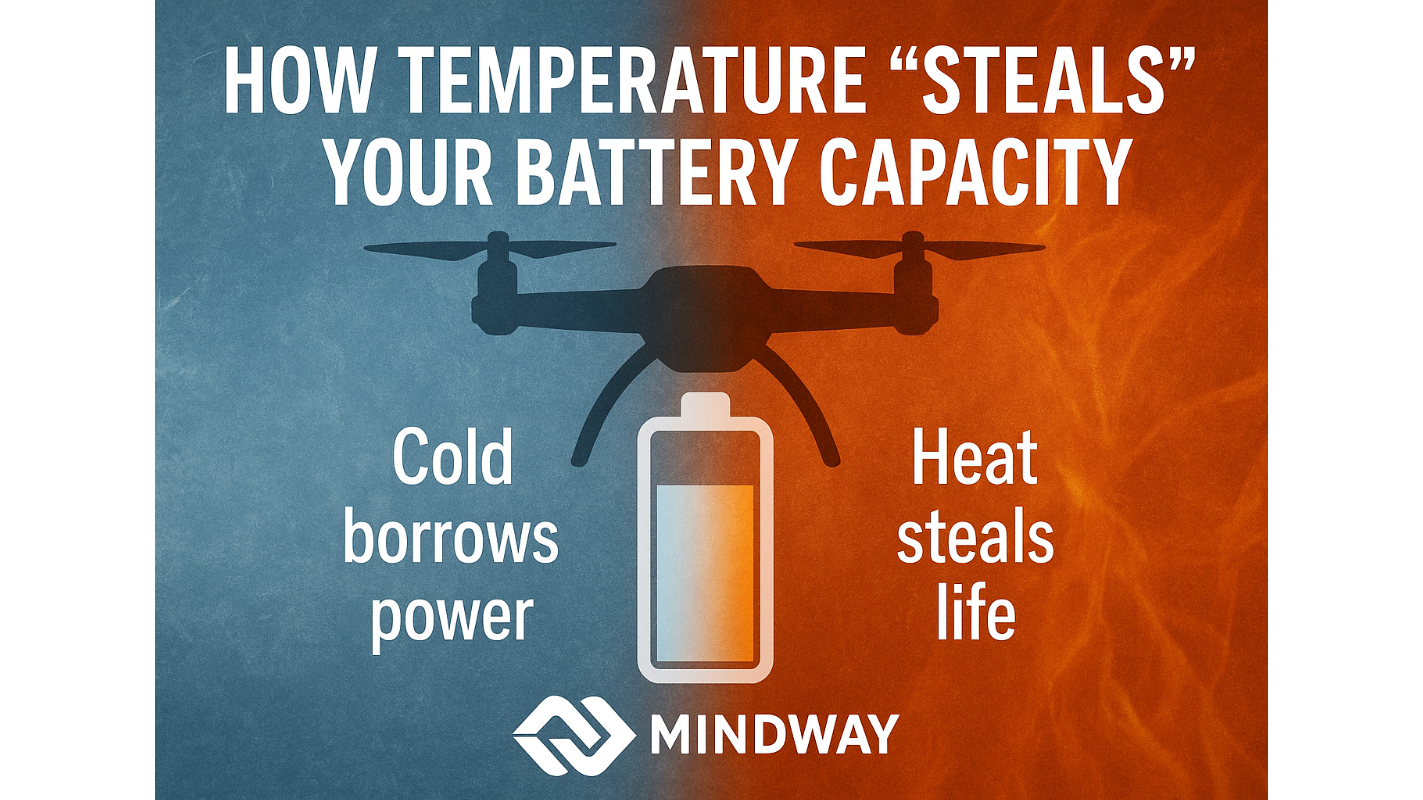How Temperature "Steals" Your Battery Capacity

Batteries are the lifeline of modern technology—from smartphones and laptops to electric vehicles and drones. Yet, many users notice that their batteries perform differently in hot summers and freezing winters. The culprit? Temperature.
In this article, we explain how temperature affects battery performance, why capacity seems to “disappear,” and what you can do to protect your battery investment.
1. Why Temperature Matters for Batteries
Batteries store and release energy through chemical reactions. These reactions are highly sensitive to temperature:
· Cold Temperatures slow down the chemical activity inside the battery, reducing power output and apparent capacity.
· High Temperatures accelerate chemical activity but also cause degradation, shortening the battery’s overall lifespan.
This means that while you may notice weaker performance in the cold, prolonged heat exposure does the most long-term damage.
2. The Effects of Cold: Capacity Shrinkage
When the temperature drops, ions inside a lithium battery move more slowly between the anode and cathode. As a result:
· The battery cannot release its full stored energy.
· Devices may shut down earlier than expected, even if the battery is not empty.
· Recharge efficiency decreases, meaning it takes longer to charge in the cold.
For drones, electric vehicles, or outdoor equipment, this can drastically shorten operation time.
3. The Effects of Heat: Accelerated Aging
On the other hand, high temperatures don’t immediately reduce capacity during use—but they silently steal long-term performance.
· Heat increases unwanted side reactions inside the battery.
· It accelerates the breakdown of electrolytes and electrodes.
· Each charge cycle at high temperatures reduces the battery’s lifespan faster.
In practical terms, a battery exposed to heat may hold less capacity after only a few months of heavy use.
4. The “Sweet Spot” for Battery Health
Most lithium-based batteries operate best between 20°C and 25°C (68°F to 77°F). At this range:
· Energy output is stable.
· Charging efficiency remains high.
· Long-term degradation is minimized.
Keeping your battery in this optimal zone helps maximize both instant performance and long-term capacity.
5. How to Protect Your Battery from Temperature Stress
✅ Avoid charging in extreme cold or heat. Charge indoors when possible.
✅ Use smart thermal management. Many drones, EVs, and industrial devices include heating or cooling systems to stabilize battery temperature.
✅ Store correctly. If not in use, store batteries in a cool, dry place—ideally around 20°C.
✅ Plan for the environment. For missions in sub-zero or high-heat conditions, choose batteries designed with protective chemistries.
Conclusion: Don’t Let Temperature Steal Your Power
Whether it’s a drone mission, a delivery vehicle, or your everyday laptop, temperature plays a crucial role in battery capacity and lifespan. Cold “borrows” capacity temporarily, while heat permanently “steals” it over time.
By understanding and managing temperature, users can unlock longer flight times, more reliable performance, and extended battery life.


